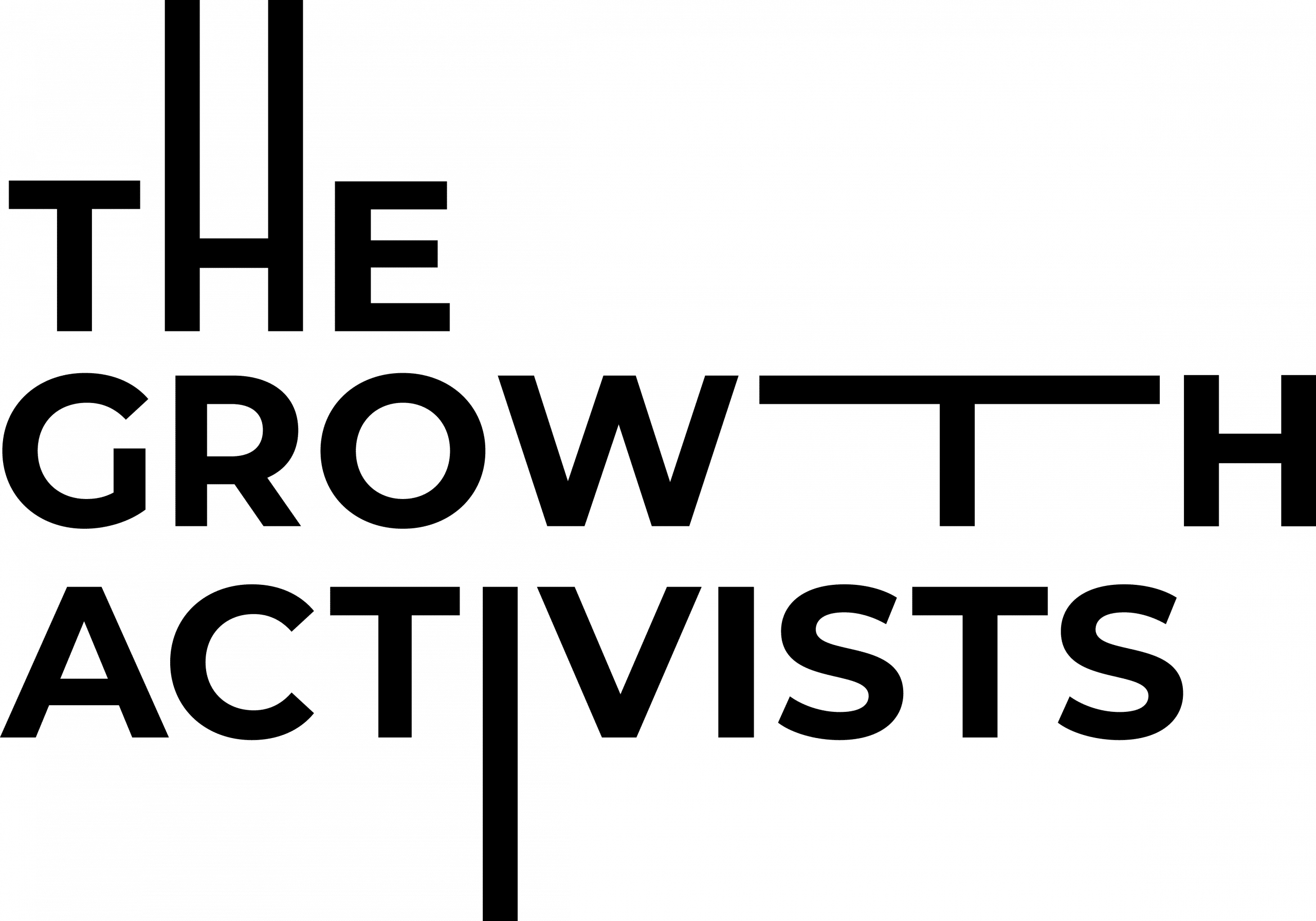Materiality Assessments (MAT) are crucial for navigating the intricate landscape of sustainability and corporate responsibility. By analysing impact and prioritising critical issues around environmental, social, and governance (ESG), you can enhance your organisation’s reputation, increase stakeholder relations, improve financial performance and create long-term value.
MATs also identify and manage risk, as hearing directly from stakeholders delivers nuanced details and often surprises. Making data-based decisions can avoid costly mistakes when relying on unverified assumptions and gut feelings.
As the Australian business environment evolves, integrating Materiality Assessments into corporate strategies will be crucial in shaping a more sustainable and prosperous future. Internationally, as ISSB reporting rolls around the world in those countries that opt-in, regulatory reporting standards will require quality data to back decisions, targets and progress claims.
The bank of data from a comprehensive Materiality Assessment is also vital when making investment trade-offs. It provides confidence in trade-off decisions based on information, not opinion. The same is true for target setting. You need data-based targets geared to achieve real-world impact. This requires a baseline and trend information.
By focusing on what matters most to your stakeholders, you can align your sustainability efforts with your overall strategy to become a sustainable and responsible business practice leader.
The key benefits of Materiality Assessments
Regulatory compliance and risk mitigation: Australia’s regulatory landscape increasingly emphasises environmental and social responsibility. Conduct a Materiality Assessment to help identify and address potential compliance risks related to changing regulations. Proactively managing ESG issues can help you to mitigate risks, avoid legal challenges, and stay ahead of evolving regulatory requirements.
Improved financial performance: Materiality Assessments enable businesses to focus on ESG issues that directly impact financial performance. Organisations can address material risks and opportunities to enhance operational efficiency, reduce costs, and identify new revenue streams associated with sustainability initiatives. This approach aligns financial success with responsible business practices to create a win-win scenario. Strong materiality assessments also demonstrate a commitment to responsible corporate governance and transparency. This fosters trust and confidence among investors, potentially leading to improved access to capital and a higher valuation for the company.
Competitive advantage: In a competitive business landscape, standing out is crucial. By integrating sustainability into your core strategies and operations you can gain a competitive advantage. A Materiality Assessment can help you to differentiate your business by clearly understanding the environmental and social factors that matter most to your stakeholders and embed them into your strategy.
Enhanced reputation and stakeholder relations: In Australia’s socially conscious business environment, companies that actively manage and address material ESG issues benefit from enhanced reputation and stakeholder relations. Demonstrating a commitment to responsible business practices can build trust with your customers, investors, and the wider community.
Employee engagement and retention: Australia’s workforce increasingly values companies that prioritise sustainability and social responsibility. A Materiality Assessment provides insights into the most critical ESG issues for employees. Addressing these concerns can foster a positive work environment, enhance employee satisfaction, and improve retention rates.
Best-Practice Governance: High-quality materiality assessments are crucial for boards and company directors and are strongly tied to their fiduciary duty to act in the best interests of the company and its stakeholders. Organisations like the Australian Institute of Company Directors (AICD) are increasingly encouraging directors to work with management to fully identify their material impacts on stakeholders and take appropriate actions. A clear understanding of what is considered ‘material’ allows directors to prioritise attention and resources on the most critical issues and make more informed decisions on matters like risk resource allocation and strategic initiatives.
The Importance of a Double Materiality Assessment
Many organisations are still conducting their Materiality Assessments within the confines of a boardroom, without engaging external stakeholders. They are only assessing how sustainability issues, such as climate change regulations, resource scarcity, and changing consumer preferences, can affect the company’s financial performance and long-term value. This is known as Financial or ‘Single’ Materiality and is an Outside-in approach.
Following the GRI framework enables organisations to undertake Double Materiality. This means also taking an Inside-out approach, known as Impact Materiality, and focuses on the company’s impact on the environment and society. It considers issues like climate change, pollution, resource depletion, human rights, and labour practices.
Double materiality is becoming increasingly important for companies facing pressure from investors, regulators, and stakeholders to address sustainability issues. It provides a structured and more comprehensive approach to identify and prioritise the most relevant topics, leading to more informed decision-making and enhanced stakeholder engagement.
Using Global Reporting Initiative (GRI) Standards Framework for Materiality Assessments
The Global Reporting Initiative (GRI) Standards are a comprehensive and globally recognised set of guidelines designed to assist organisations in reporting their economic, environmental, and social performance. These standards provide a framework for transparent and credible sustainability reporting, and offer a systematic approach to disclose relevant, reliable, and comparable information.
The GRI Standards cover various topics, from governance and ethics to environmental impact and human rights. They provide flexibility to tailor your Materiality Assessment to your specific context while ensuring consistency and comparability across diverse industries and sectors.
By adhering to the GRI Standards, you’ll be well placed to meet stakeholders’ expectations and contribute to advancing sustainable business practices. This fosters accountability, and drives positive social and environmental impacts.
The framework encourages a stakeholder-inclusive process, which enables you to engage with diverse perspectives to determine the relevance and significance of various topics. GRI’s emphasis on transparency and accountability supports you to enhance sustainability reporting by aligning it with globally recognised standards. This method not only aids in strategic decision-making but also fosters a culture of openness and responsiveness, which ultimately contributes to long-term success and resilience in a rapidly evolving business landscape.
The Critical Role of Impact Analysis
Impact Analysis is a core aspect of any Materiality Assessment and aims to evaluate the positive and negative impacts of ESG issues across various dimensions, including financial performance, brand reputation, regulatory compliance, and other relevant aspects.
Stage 1: Engage with stakeholders
As part of an Impact Analysis, you must first engage with your stakeholders – such as customers, employees, investors, suppliers, and local communities – to understand their perspectives and concerns. This enables you to identify the ESG issues you stakeholders care most about and, therefore, are likely to have the greatest impact on your company’s reputation and long-term success.
Customers: Consumers in Australia are increasingly conscious of the environmental and social impact of the products and services they use. Understanding their priorities involves recognising their preferences for sustainable and ethically produced goods. The same is true of B2B customers, with partnership selection increasingly driven by organisational values and responsible business guidelines. Understanding the factors guiding their decision-making is critical.
Investors: Institutional and individual investors place greater importance on ESG factors in their investment decisions. Materiality Assessments enable you to communicate transparently about your sustainability efforts, which helps to attract socially responsible investors.
Employees: Employee priorities in Australia often revolve around workplace culture, diversity, and inclusion. Materiality Assessments provide insights into the ESG issues that matter most to employees and guide businesses to create policies and initiatives that enhance workplace satisfaction and engagement, and that drive retention.
Suppliers: Suppliers play a crucial role in the ESG performance of a business. Materiality Assessments can help you to identify and address supplier-related ESG issues – such as ethical sourcing, fair labour practices, and environmental sustainability – to build a more resilient and responsible supply chain.
Stage 2: Capture measurable insights
After engaging stakeholders in the Materiality Assessment process, businesses generally employ quantitative and qualitative methods – such as surveys, stakeholder interviews, and workshops – to capture measurable insights on how stakeholders’ ESG concerns impact the business.
Surveys as data gathering tools: Surveys are practical tools for collecting quantitative data on stakeholder perceptions and preferences related to ESG issues. Constructing well-designed surveys allows you to quantify the importance of specific concerns and assess their potential impact on their performance. Questions can be structured to capture numerical ratings or rankings and provide measurable insights into stakeholder priorities. An example we have found when undertaking MATs for our clients is that stakeholders can rate Environment as the most significant overall concern; however, further analysis shows child labour, which is a Social impact issue, is consistently ranked higher as the sub-issue that concerns stakeholders the most.
Stakeholder interviews: In-depth, one-on-one discussions with key stakeholders allows you to explore the underlying reasons behind their responses. Stakeholder interviews offer nuanced insights into the emotional, ethical, and cultural dimensions of ESG issues, which provides a more holistic understanding.
Workshops for collaborative decision-making: Workshops bring stakeholders together in a collaborative environment to encourage open dialogue and the exchange of diverse perspectives. Use workshops to tap into the collective wisdom of stakeholders and reflect a broad spectrum of stakeholder viewpoints.
Thematic analysis and qualitative coding: Qualitative data from interviews and workshops can be subjected to thematic analysis and coding. This process involves identifying recurring themes, patterns, and sentiments of stakeholders. Categorise qualitative data into themes to extract rich, qualitative insights that complement the quantitative findings. This combined approach provides a more comprehensive understanding of the potential impacts of ESG issues.
Stage 3: Prioritise significant ESG concerns
Stakeholders’ ESG concerns can then be prioritised based on their significance to the business. This step helps you to focus on addressing the ESG issues that are most important to your stakeholders and the issues that align with their sustainability goals and business objectives.
Scoring and weighting: Utilising scoring systems enables stakeholders to assign numerical values to the significance of different ESG factors. Weighting these factors based on stakeholder feedback allows you to prioritise issues more accurately. For example, if a particular environmental concern receives consistently high stakeholder scores, it can be weighted more heavily in the overall Materiality Assessment.
Data analysis and benchmarking: Statistically analyse quantitative data collected through surveys to identify trends, patterns, and significant insights. Benchmark this data against industry standards or best practices to provide context for understanding the relative importance of various ESG issues on the broader industry. This quantitative approach will help you to make data-driven decisions.
Holistic materiality matrix: Combine quantitative and qualitative data to create a materiality matrix that visually represents the significance and impact of the identified ESG issues. Use this matrix as a strategic tool to help prioritise actions based on the dual perspectives of stakeholder importance and potential business impact.
Continuous feedback loop: Integrate quantitative and qualitative methods to establish a continuous feedback loop. This iterative process ensures that Materiality Assessments remain dynamic and responsive to changing stakeholder priorities and business contexts.
Integrating Materiality Assessment results into your strategy
Once the material issues are prioritised, you can formulate a comprehensive strategy that integrates sustainability into core business operations. This may involve setting specific goals and targets for the prioritised issues, implementing initiatives to mitigate risks and leverage opportunities, and establishing key performance indicators (KPIs) to measure progress. Your strategy should also include a communication plan to transparently share your organisation’s commitment to addressing material issues with internal and external stakeholders.
Align your sustainability strategy with materiality insights to enhance resilience to ESG risks and contribute to positive societal and environmental impacts. This fosters long-term value creation and stakeholder trust.
A key tool in setting goals and targets is the implementation of an Environmental Management System (EMS) using the ISO 14001 framework. Adopt the ISO 14001 framework to not only position yourself as a leader in sustainable business practices, but to also actively contribute to the broader global shift toward a more equitable and regenerative economy.
Adhering to ISO 14001 standards demonstrates your commitment to environmental responsibility, resource efficiency, and ethical conduct. You can read more on Environmental Management Systems here.
Ready to undertake a Materiality Assessment?
If you are interested in undertaking a Materiality Assessment for your business, our experienced team is ready to discuss the process and how we can help. We understand the unique landscape of Australian business and stakeholder expectations and tailor our approach to ensure a comprehensive and impactful Materiality Assessment. If this is your first Materiality Assessment, consider building a foundational MAT to understand your baseline and build on your data capture over time.
Contact us today to start the conversation and embark on a journey toward sustainable and responsible business practices. Committing to a sound materiality assessment is the first step toward creating lasting value for your business and its stakeholders.




